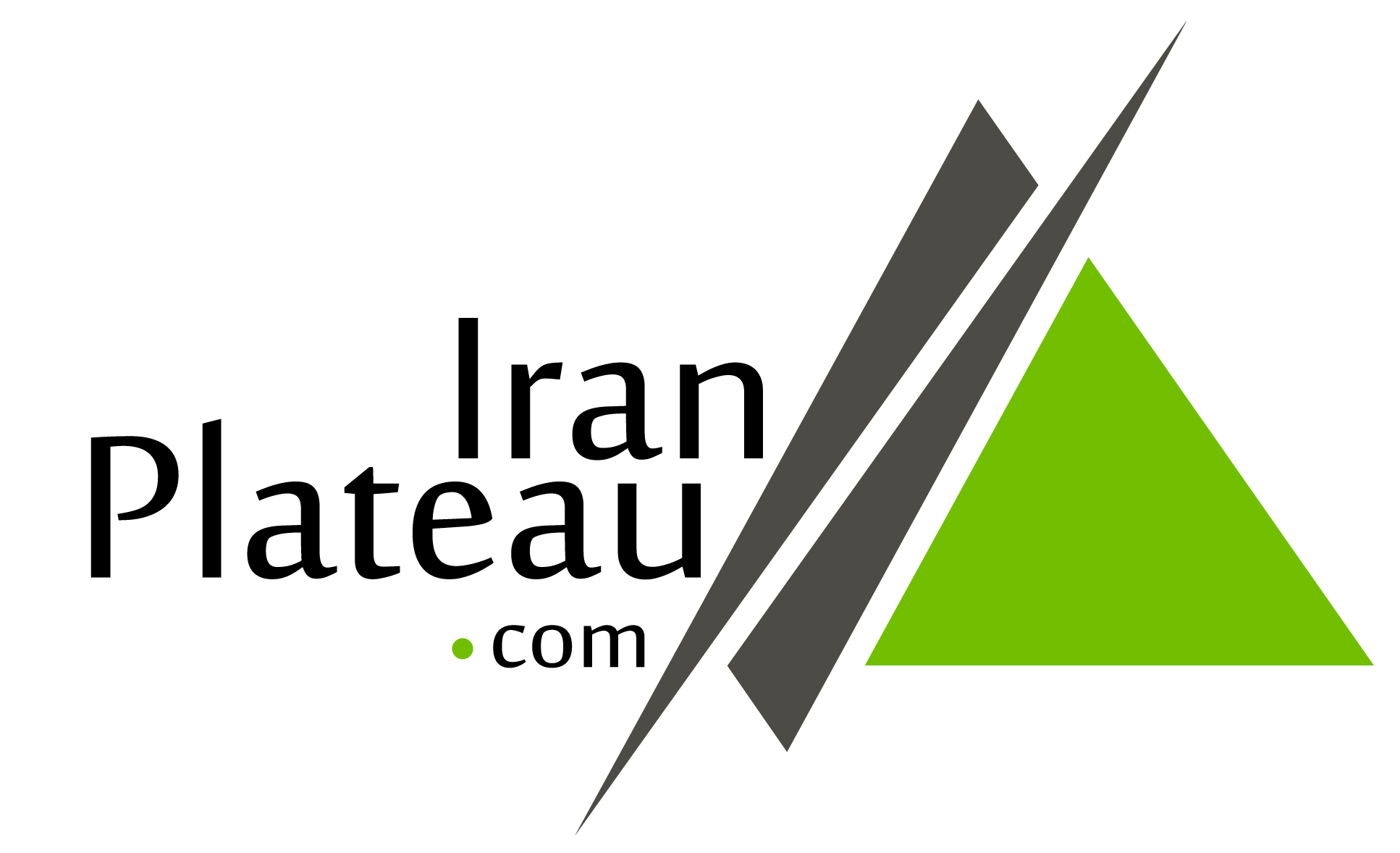Iran Nature
What is the NAJA code?
April 6, 2020Iran Nature
Iran Mountains
The Iranian mountains are divided into two main mountain ranges: Alborz and Zagros, Damavand is the highest point of Alborz Mountains with a height of 5609 meters and the highest peak of Zagros Mountains is Dena Peak with an approximate height of 4409 meters. But there are other mountain ranges in Iran that can be pointed to the central mountain range of Iran where the sharks of Shirkouh vulture are located and at least southern Kerman such as the Hazar Peak, Jupar and Lalezar peak. Sabalan and Sahand are located in the northwest of Iran and are almost confluent with Alborz and Zagros. In neither of these two mountain ranges do they reach Taftan peak? It is actually the southernmost and easternmost peak of Iran.
Iran Deserts and Plains
But the two largest deserts in Iran are called the Dasht-e-Kavir Desert and Lut Desert , the hottest spot on Earth for NASA’s study of broiling wheat in these deserts.There are two plain areas in Iran, one of which is Khuzestan, located to the southwest of the Zagros Mountains and a completely plain area, and the other to the north of the Alborz Mountains and the southern Caspian sea which is the second plain of Iran.
Iran seas and Islands
The seas of Iran, north of Iran, are located in the Caspian lake, but because of its large size, it is not known as the Caspian lake and is known as the Caspian Sea. Iran’s southern Persian Gulf and the Oman Sea are pervasive, but some sources have recently mentioned the fake Arabian Gulf as having no legal status at all. There are a lot of Islands such as Qeshm Island, Kish Island, Hormoz Island, Hengam Island, Hendorabi Island and Lavan Island. Qeshm Island is the end of zagros mountain range.
Iranian lakes
1) Geosynclinal or non-geochemical:
They are separated as a result of the erosion of the earth’s crust on both sides and create a challenge between them. These masses of several thousand meters are accumulated in the form of thick and thin horizontal layers due to rainfall and erosion and carrying those materials in the challenge. And it folds itself into the ground as a result of subsequent movements and gives rise to mountains and pains
2) Plate tectonics:
According to this theory, the Earth’s crust consists of a number of about 13 broken and glued plates that are constantly moving on the inside of the bamboo paste. They cross each other and sometimes move towards each other and push each other, resulting in the birth of its long mountain range in western South America and the Himalayas in India.
Faults are fractures inside large plates that are found in large numbers inside the main plates
Types of lakes
– Tectonic depression Lakes
– Nudist holes Lakes
– volcanic craters Lakes
– Lakes from the sale of celestial rocks, which probably do not exist in Iran
– The dam lakes, the exact example of which is in the current location of Lar Dam, and then in the past were destroyed by floods and the dam wall was built on the site.

6 Comments
[…] Iranian nature […]
[…] Real Iran nature […]
[…] طبیعت ایران […]
[…] Nature of Iran […]
[…] Iran nature beauty […]
[…] Real Iran nature […]